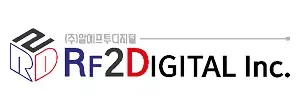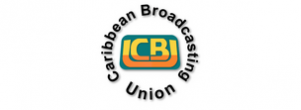In India radio broadcasting is one of the most popular and affordable means of mass communication, largely owing to its wide coverage, affordability, and mobility. It is also potentially the largest digital radio market in the world.
Terrestrial radio broadcasting is carried out in Medium Wave (MW) (526-1606 kHz), Short Wave (SW) (6-22 MHz) and VHF band II (88-108 MHz).
All India Radio (AIR), the public service broadcaster, has a vast network of 742 transmitters – 7 of SW, 122 of MW and 613 of FM. AIR’s coverage in MW + FM is 90% by area and 98% by population, whereas only around 59% by area in the FM band.
Private radio broadcasting in India was introduced in 2000 when commercial FM stations were allowed to broadcast programmes (mainly music) with local content. At present, there are 388 private FM stations, and the Indian government has announced plans to expand their operation. There are also several community radio stations (CRS).
Digital Radio broadcasting in the AM bands
AIR has already adopted and continues to roll out nation-wide digital radio services in the MW and SW bands, using the Digital Radio Mondiale (DRM) standard, the only ITU recommended a standard operational in all broadcasting frequency bands.
Currently 41 high power DRM medium wave transmitters are installed throughout the country. Four transmitters (one each in four metro/major cities) are now carrying pure DRM transmissions round the clock. 33 transmitters are working in simulcast mode with one hour in pure DRM. 4 transmitters are yet to start DRM digital service. The medium transmitters cover roughly 900 million people with DRM broadcasts.
AIR is carrying 2 to 3 digital audio services from a single MW transmitter, along with the Journaline text service. AIR has successfully tested the Emergency Warning Functionality (EWF) with DRM to alert the population during disasters. The tests were carried out in association with the National Disaster Management Authority (NDMA). AIR has taken a number of inititiatives, including providing exclusive content, to popularise the DRM digital services. Radio enthusiasts are also carrying out demos of DRM services across the country (see the altest initiative in Goa: www.drm.org/indian-drm-supporters-successful-car-awareness-campaign-in-goa).
Regular AIR digital transmissions in SW started on 16th Jan 2009 from a 250-kW transmitter in Delhi. Today a 500 kW SW transmitter at Bengaluru is carrying external service of AIR in DRM. Two more SW transmitters, 100 kW each, are being tested in Delhi and they are expected to be operational soon in DRM.
https://prasarbharati.gov.in/digital-service-air/
Over 6 million new cars fitted with DRM receivers are on the roads in India. Major car brands using DRM for their infotainment systems are: Maruti Suzuki, Hyundai, Toyota, MG Motors, Mahindra and Mercedes Benz.
Digital Radio broadcasting in the FM band
Aware of the advantages of digital radio broadcasting, the Telecom Regulatory Authority of India (TRAI), the broadcasting regulator, has recommended to the Ministry of Information and Broadcasting that digital broadcasting in FM band (VHF band II) should also be allowed, without disturbing the existing analogue transmissions.
At the request of the public broadcaster AIR, the DRM Consortium conducted a DRM for FM test in India in Delhi and Jaipur in March 2021. Full features of DRM in pure DRM (single DRM block with up to 4 services – 3 audio and 1 multimedia), also simulcast (analogue FM and up to 4 DRM blocks), multi-channel DRM (up to 6 DRM blocks, with 18 programmes) and DRM in white spaces (up to 5 DRM blocks in the white space of 600 kHz between 2 analogue FM stations) were all successfully demonstrated during those tests.
In parallel to the measurements carried out by the public broadcaster, the DRM Consortium also took its own measurements, which showed excellent results. Based on these measurements, the Consortium has prepared a full demonstration available at: s.drm.org/8wBg.
The first phase of the DRM trial was in Delhi and demonstrated the key features of DRM. Its efficient coverage potential and flexibility in on-air signal configurations were demonstrated from a standalone transmitter.
The second phase was carried out in Jaipur with the aim to prove the compatibility of DRM with the FM band “channelisation” in India, where DRM fills the gaps between existing analogue FM services that are not otherwise usable (“white spaces”), as well as its compliance with the existing CTI (shared FM transmitter infrastructure) sites. This was demonstrated by transmitting DRM signals between the white spaces between 2 analogue FM stations.
As it is known, the DRM standard in the FM band occupies a fixed spectrum: a bandwidth of 96 kHz per ‘block’ (i.e. DRM transmission signal) wherein it can carry up to 4 services; typically, up to 3 DRM Audio Services including PAD (programme associated data) and one DRM Data Service (such as Journaline).
After introducing DRM in India and successfully digitising the radio services in the AM bands (MW and SW), extending the same global, open, non-proprietary DRM standard to digitizing the FM band will save receiver manufacturers enormous costs (as there are NO additional IP royalties and DRM is a single standard with shared features across all broadcast bands), and therefore lead to more affordable digital radio receivers for Indian listeners.
The government of India still needs to decide which technical standard to use for digitising the FM band.
To find out more about DRM in India and Asia, meet us at BES Delhi: www.drm.org/drm-at-bes-in-new-delhi-in-february/.
Yogendra Pal, Hon. Chairman of the DRM India Chapter

















